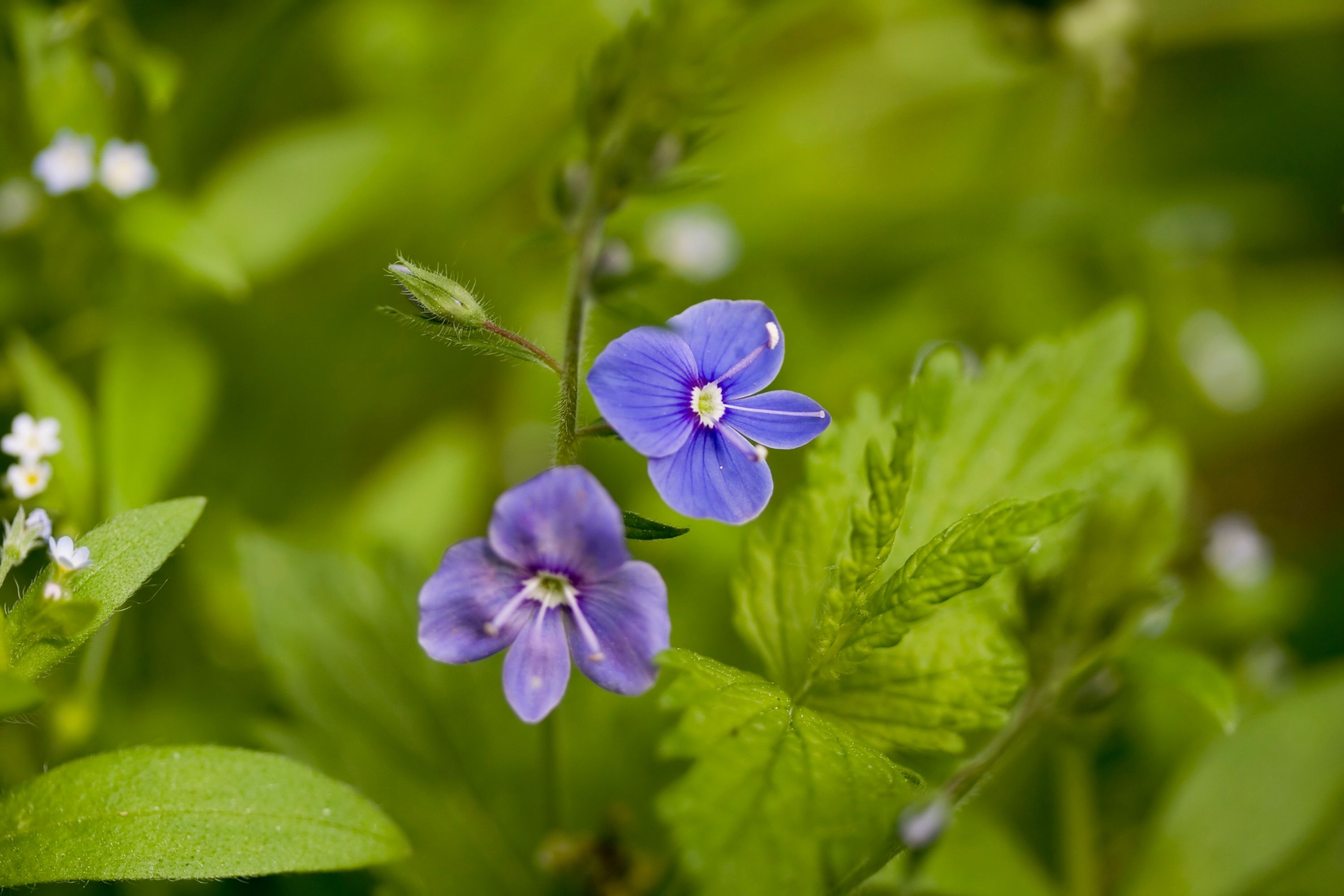Leafless stemmed speedwell
(Veronica aphylla)

Description
Veronica aphylla, common name leafless stemmed speedwell, is a plant belonging to the family Plantaginaceae. Veronica aphylla can reach a height of 3–8 centimetres (1.2–3.1 in). It is a perennial herbaceous plant with a single, erect, cylindrical, hairy, greenish, flowering stem. It forms a basal rosette of green, elliptical or oval, pubescent leaves, 4–10 millimetres (0.16–0.39 in) wide and 8–15 millimetres (0.31–0.59 in) long. Flowers have four blue light petals with darker nerves and two long stamens. They bloom from July to August. This species is native to the mountains of Central and Southern Europe (Alps, Jura, Carpathians, Iberian Peninsula and the Balkans). Veronica aphylla prefers alpine pastures, stony slopes and rocky areas, at elevation of 1,500–2,800 metres (4,900–9,200 ft) above sea level. Veronica is the largest genus in the flowering plant family Plantaginaceae, with about 500 species; it was formerly classified in the family Scrophulariaceae. Common names include speedwell, bird's eye, and gypsyweed. Taxonomy for this genus is currently being reanalysed, with the genus Hebe and the related Australasian genera Derwentia, Detzneria, Chionohebe, Heliohebe, Leonohebe and Parahebe now included by many botanists. Monophyly of the genus is supported by nuclear ribosomal internal transcribed spacer (ITS) and cpDNA. The taxa of the genus are herbaceous annuals or perennials, and also subshrubs, shrubs or small trees if Hebe is included. Most of the species are from the temperate Northern Hemisphere, though with some species from the Southern Hemisphere; Hebe is mostly from New Zealand. The genus name Veronica used in binomial nomenclature was chosen by Carl Linnaeus based on preexisting common usage of the name veronica in many European languages for plants in this group. Such use in English is attested as early as 1572. The name probably reflects a connection with Saint Veronica, whose Latin name is ultimately derived from Greek, Berenice. Veronica americana is edible and nutritious, as are most species in the genus Veronica, and is reported to have a flavor similar to watercress. Native Americans used Veronica species as an expectorant tea to alleviate bronchial congestion associated with asthma and allergies. The plant can be confused with skullcap and other members of the mint family.
Taxonomic tree:







